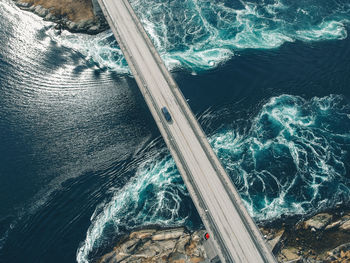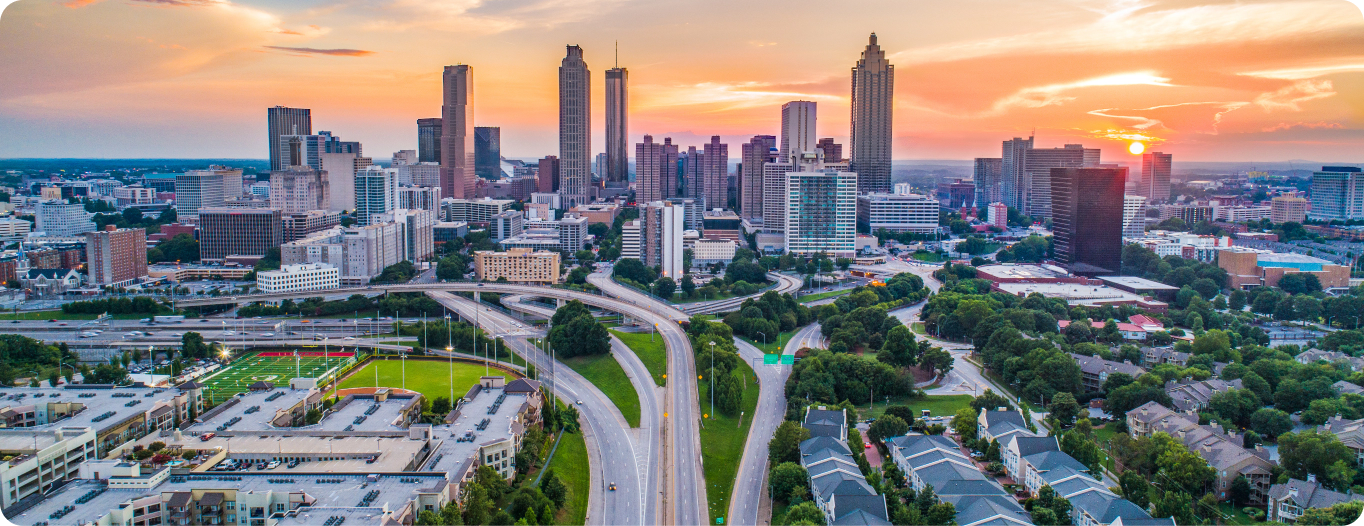Aerial Photographer Spokane Offering Impressive Drone Photography Solutions
Aerial Photographer Spokane Offering Impressive Drone Photography Solutions
Blog Article
Transform Your Perspective: The Art and Scientific Research Behind Drone Photography
Drone digital photography represents a significant junction of creative vision and technical advancement, allowing makers to catch perspectives previously unattainable. Recognizing the mechanics of drone modern technology, from devices selections to composition strategies, is necessary for achieving engaging images. Additionally, factors to consider such as illumination and ecological conditions can greatly influence the last end result. As professional photographers improve their abilities in both aerial method and post-processing, they open a richer narrative possibility. Yet, what really distinguishes effective drone digital photography from plain aerial snapshots? Discovering this question reveals deeper understandings into the craft and its progressing landscape.
Comprehending Drone Innovation
Comprehending drone technology is necessary for any individual thinking about utilizing its capabilities for digital photography. Drones, or unmanned airborne automobiles (UAVs), count on a combination of software and hardware to attain flight and capture imagery. At their core, these gadgets are geared up with sensors, electronic cameras, and navigating systems that enable them to fly autonomously or be controlled from another location.
The primary components of drone technology include the flight controller, which offers as the brain of the drone, refining data from numerous sensing units to guarantee secure flight. In addition, general practitioner technology plays an essential function in navigation, making it possible for drones to comply with pre-defined trip paths and maintain their setting even in difficult conditions.

Furthermore, comprehending the regulative landscape surrounding drone usage is vital, as it controls where and just how drones can be run, guaranteeing security and compliance. Knowledge with these facets of drone technology encourages digital photographers to optimize their innovative capacity while adhering to lawful standards.
Crucial Devices for Drone Photography
Choosing the right devices is essential for attaining remarkable outcomes in drone photography. At the heart of this configuration is the drone itself, which need to be selected based upon trip stability, electronic camera quality, and convenience of usage. Popular designs usually feature built-in high-def cameras that catch magnificent aerial pictures.
In enhancement to the drone, spending in a top notch camera is necessary. Many drones come geared up with cams efficient in shooting in 4K resolution, however, for professional-grade results, think about a drone that enables compatible cameras or supports larger sensors. This versatility can significantly improve image high quality.
Stabilization is one more crucial element. A three-axis gimbal is advised for smooth video, minimizing vibrations that can interfere with image clarity. Furthermore, additional batteries and a reputable charger guarantee prolonged flight time, allowing for more comprehensive shoots.
Understanding Make-up Methods
Grasping composition strategies is essential to elevating your drone digital photography from average to phenomenal. A well-composed photo catches the viewer's focus and communicates a powerful story.
One of the essential concepts to consider is the regulation of thirds, which includes dividing your framework into a grid of 9 equal components. Positioning vital aspects along these lines or at their intersections produces visual passion and balance. Additionally, leading lines can guide the viewer's eye with the photograph, attracting focus to the subject and adding deepness.
Another efficient technique is mounting, where all-natural elements such as buildings or trees enclose the topic, enhancing the prime focus. This method not only gives context but likewise develops a sense of intimacy within the scene.

Finally, always bear in mind the perspective line. A misaligned horizon can take away and distract from an otherwise exciting picture. By mastering these composition strategies, you can dramatically boost the effect of your drone photography.
Lights and Climate Factors To Consider
In drone photography, the interplay of lights and weather can significantly affect the top quality and mood of your photos. Ideal lighting problems are essential; the gold hours-- soon after dawn and prior to sunset-- supply soft, more diffused light that improves colors and decreases rough darkness. During these times, the landscape shows up much more vibrant and vibrant, enabling for breathtaking airborne shots.
Conversely, cloudy skies can create a level, muted scheme, yet they can also give even lighting that lowers contrast and highlights information in the environment. This can be useful for capturing structures in urban setups or elaborate patterns in nature.
Climate conditions, such as rain, snow, or fog, can also add special components to your photography. Fog can produce a feeling of enigma, while rain can enhance colors and saturate the landscape. It is necessary to take into consideration the safety of your drone; flying in unfavorable climate problems can lead to tools damages or loss of control.
Ultimately, comprehending how lighting and weather condition influence your airborne shots permits you to pick the optimal problems for your drone digital photography, ensuring engaging and visually striking photos.
Post-Processing Idea
After recording magnificent airborne photos, the next action involves refining those shots with post-processing. This vital stage improves the visual impact of your pictures, enabling you to highlight the distinct perspectives that drones provide.
Beginning with software application tools like Adobe Lightroom or Photoshop, which offer durable modifying capabilities. Begin by dealing with direct exposure and white equilibrium to make certain that your shades show up realistic. Utilize pie chart checks to accomplish optimal illumination levels, staying clear of too much exposure or loss of detail in darkness.
Next, boost contrast to add depth to your photos. Changing clarity can hone important information without introducing noise, which is especially advantageous in airborne shots where structure plays a significant function. Do not shy away from chopping; this can help concentrate the customer's attention on the primary topic.
Color grading is an additional effective tool. Trying out saturation and vibrance to make the landscape pop, but use these adjustments carefully to keep a natural appearance. Consider using a small vignette to assist the audience's eye toward the facility of the photo. By mastering these post-processing techniques, you can raise your drone digital photography to brand-new elevations.
Final Thought

What genuinely identifies reliable drone digital photography from mere aerial snapshots? Many drones come geared up with cams capable of shooting in 4K resolution, however for professional-grade results, think about a drone that allows for interchangeable video cameras or supports larger sensors. By mastering these composition techniques, you can significantly boost the influence of your drone digital photography.
In drone digital photography, the interplay of lighting and weather can significantly influence the top quality and state of mind of your pictures (aerial photographer spokane). By grasping these post-processing methods, you can elevate your drone digital photography to brand-new heights
Report this page